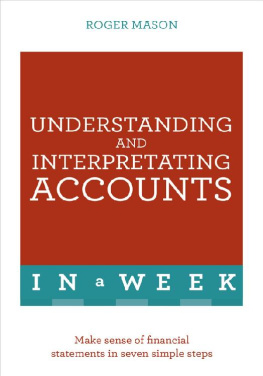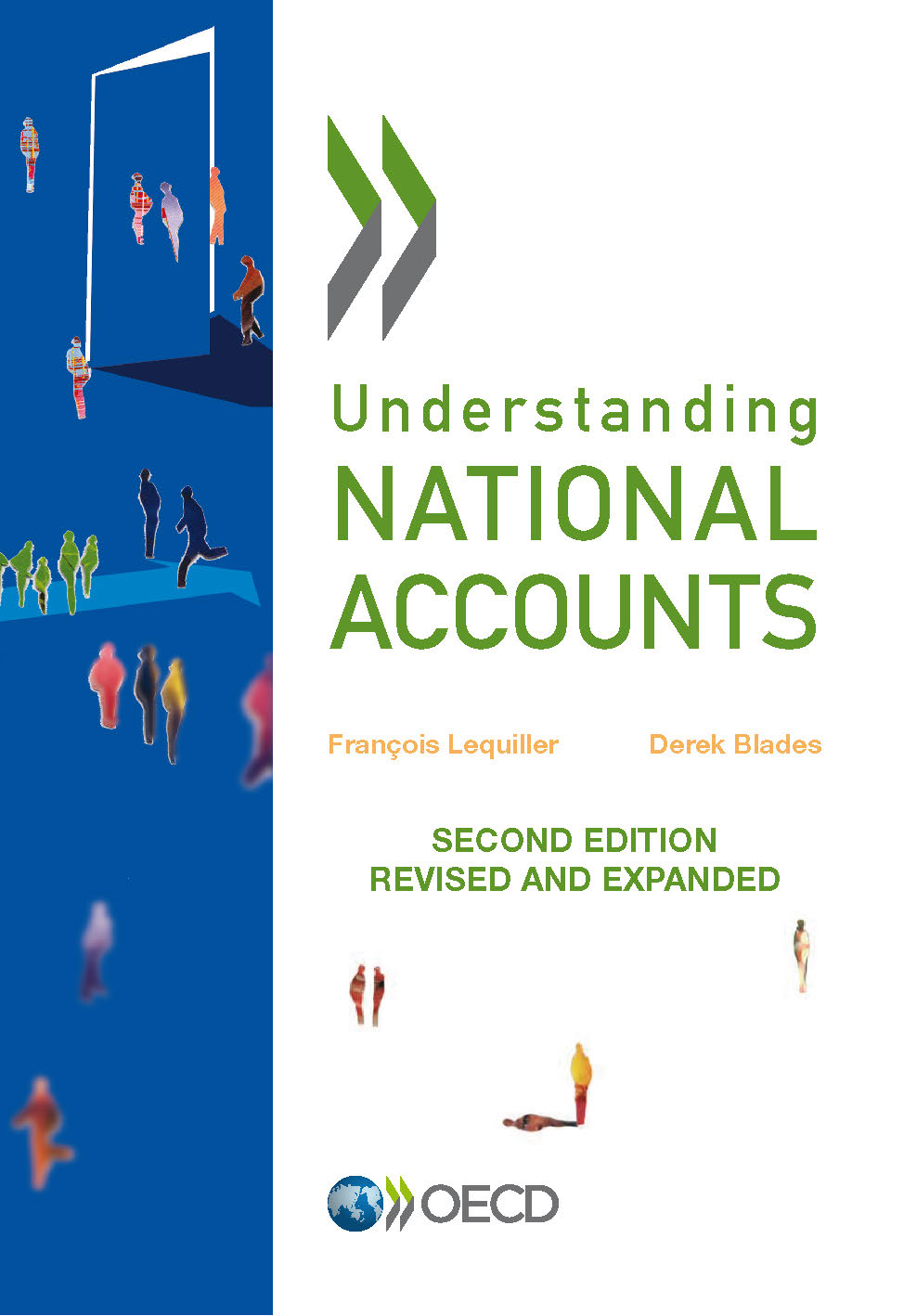Nous exprimentons ce nouveau format pour nos publications. En effet, mme si lePub est formidable pour des livres composs de texte linaire, le lecteur peut tre confront quelques dysfonctionnements avec les publications comportant des tableaux et des graphiques tout dpend du type de support de lecture que vous utilisez.
Comme ce format est encore en version bta, nous aimerions recevoir vos impressions et remarques sur votre exprience de lecture, bonne ou autre, pour que nous puissions lamliorer lavenir. Dans votre message, merci de bien vouloir nous indiquer prcisment quel appareil et quel systme dexploitation vous avez utilis ainsi que le titre de la publication concerne. Vous pouvez adresser vos remarques ladresse suivante :
OECD e-PUB editions - BETA VERSION
Congratulations and thank-you for downloading one of our brand-new ePub-in-beta editions.
We're experimenting with this new format and, while ePub is fantastic for books with linear text, for books with charts, tables and graphs weve found some things may not work perfectly it depends on the device youre using.
So, for an optimal reading experience, we recommend:
- Using the latest version of your devices operating system.
- Reading in portrait mode.
- If large tables are tricky to read, try reducing the text size.
As this is an ePub-in-beta edition, we would be glad to receive feedback on your reading experience, good or otherwise, so we can improve for the future. When writing, please let us know which device/operating system you were using and the title of the publication. Write to:
Thank you!
Understanding National Accounts Second Edition
Please cite this publication as:
Blades D. and F. Lequiller (2014), Understanding National Accounts: Second Edition,OECD Publishing, http://dx.doi.org/10.1787/9789264214637-en.
Metadata, Legal and Rights
ISBN: 978-92-64-22411-7 (epub) - 978-92-64-21462-0 (print) - 978-92-64-21463-7 (pdf)
DOI: http://dx.doi.org/10.1787/9789264214637-en
This work is published under the responsibility of the Secretary-General of the OECD. The opinions expressed and arguments employed herein do not necessarily reflect the official views of OECD member countries.
This document and any map included herein are without prejudice to the status of or sovereignty over any territory, to the delimitation of international frontiers and boundaries and to the name of any territory, city or area.
The statistical data for Israel are supplied by and under the responsibility of the relevant Israeli authorities. The use of such data by the OECD is without prejudice to the status of the Golan Heights, East Jerusalem and Israeli settlements in the West Bank under the terms of international law.
Corrigenda to OECD publications may be found on line at: www.oecd.org/about/publishing/corrigenda.htm.
OECD 2014
You can copy, download or print OECD content for your own use, and you can include excerpts from OECD publications, databases and multimedia products in your own documents, presentations, blogs, websites and teaching materials, provided that suitable acknowledgement of OECD as source and copyright owner is given. All requests for public or commercial use and translation rights should be submitted to .
Foreword
Today more than ever, national accounts remain at the core of a modern system of economic statistics. The global economic and financial crisis has further underlined the importance of a timely, reliable and comprehensive monitoring of economic activity and also pointed to directions for new developments and extensions in the accounts. National accounts provide the conceptual and actual tool to bring coherence to hundreds of statistical sources available in OECD countries. They deliver essential macro-economic indicators to guide policymaking.
The questions, however, are whether users are sufficiently aware of the richness of information contained in the national accounts and fully exploit their analytical and statistical potential. At the same time, how can we ensure that users fully grasp the complex concepts underpinning the national accounts, as well as their limitations? And what about issues around their international comparability? This second edition of Understanding National Accounts intends to provide answers to these questions, and to many more, in an easy and accessible, yet rigorous, way. It is an update of the previous edition published by the OECD in 2006, which was very well received by both people familiar with the world of economic statistics, and national accounts in particular, and non-specialist users. Indeed, at the time many readers wrote to the authors that for the first time, they had come across a book on national accounts that was easy to understand and not boring!
Since 2006, four key developments have occurred that have made an update of the previous edition a must. First, the financial crisis that hit OECD countries has highlighted the need to better explain how strong movements in economic activity are actually reflected in national accounts. Second, in 2008, the System of National Accounts (SNA) underwent a major round of modernisation. One example of the revisions to the accounting system has been to treat expenditure in R&D as investment in knowledge. Previously, it was simply considered as a current cost item. Third, the new emphasis put on better lives, beyond the traditional objective of economic growth and GDP, has offered an opportunity to outline how the national accounts can also be a rich underlying source for tracking households material well-being. Finally, new data on trade in value added are now being compiled in parallel to core national accounts, allowing to better understand the increased interconnectedness of our economies
This new, augmented, version of Understanding National Accounts reflects the four developments above. In particular, its publication has been scheduled to coincide with the time when most OECD countries will have moved to the new 2008 System of National Accounts.
I am confident that, like the previous one, this edition of the report will receive a similar warm welcome from all those, and they are numerous, whether young statisticians, students, journalists, economists, or citizens, who want to know more about the statistics that are at the heart of the measure of economic development in OECD economies.

Martine Durand
OECD Chief Statistician and Director, Statistics Directorate
Note to the reader
This manual contains a large quantity of data, essentially extracted from OECD sources. StatLinks are used to provide access to the data underlying most of the tables and graphs in the book. However, the reader must remember that national accounts are constantly revised. Differences can thus be found between two values of the same variable in two different tables or electronic files as well as between the variables used in the manual and those provided by the latest publications of national accounts by various statistical offices and OECD. This is not due to errors, but simply to the fact that the various parts of the manual have been updated at a certain date over a period of one year (mid 2013-mid 2014). Also, during and especially at the end of this very period, many OECD member countries moved from the old SNA 1993/ESA 1995 framework to the new SNA 2008/ESA 2010 framework. This change is not reflected in some of the tables which have been updated before the results of this change was available (see ).



















